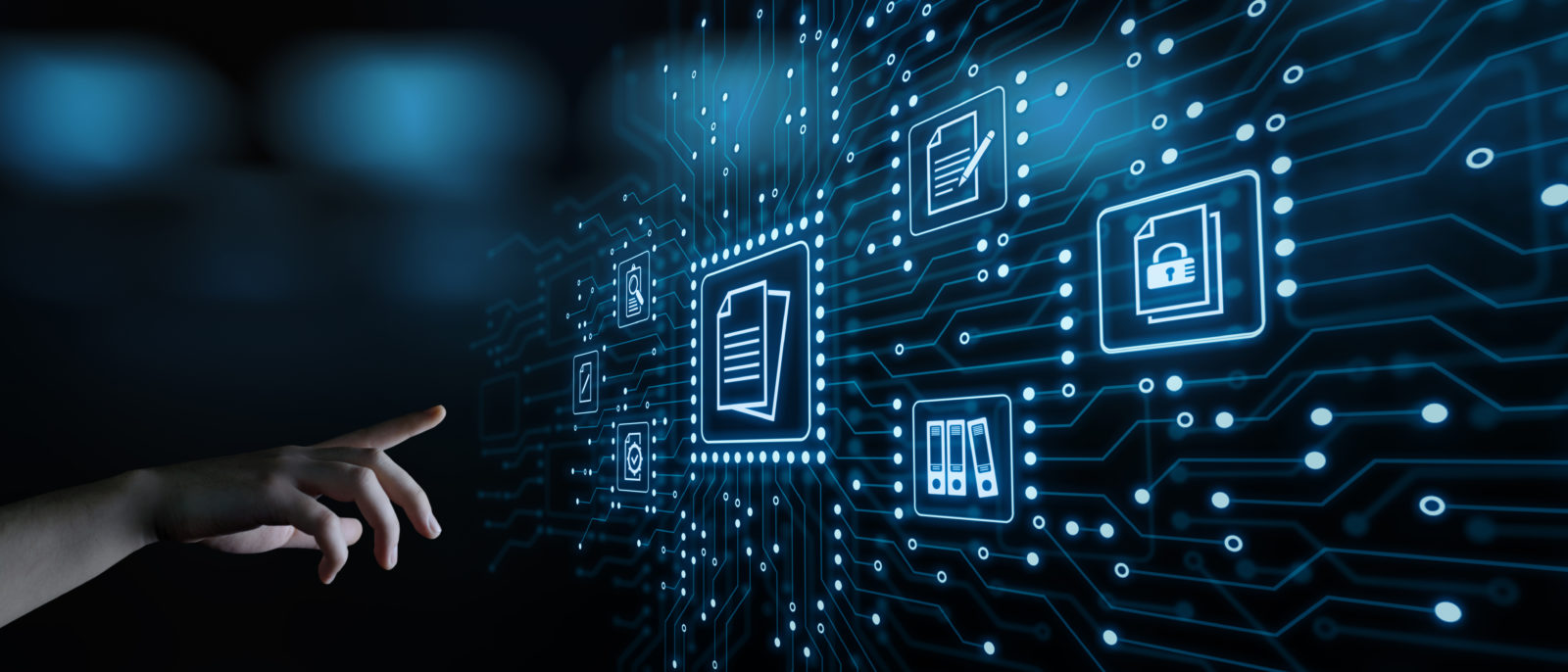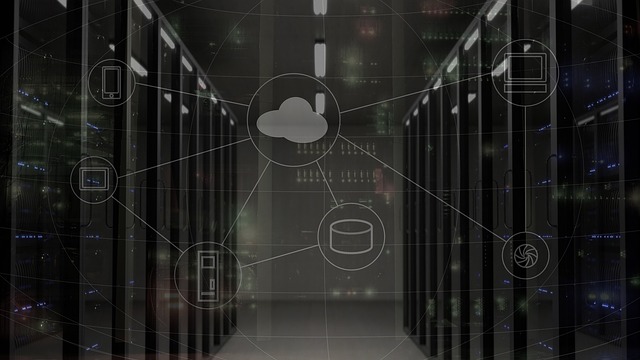Sometimes adopting a careful and considered approach to your business’s IT is not enough. When catastrophe strikes, you need a robust system to keep your business running and moving forward.
This is provided by iPower Technologies’ backup and disaster recovery services.
iPower offers a comprehensive business continuity solution for your IT architecture. This service is designed to go beyond what our business continuity products provide by working closely with your business to assess your long-term and short-term needs.
Sign up for our service today, or get in touch with our team to learn more about what we do.

THE ADVANTAGES OF BACKUP SOLUTIONS
If your business suffers an outage, our service is here to get you back up and online without delay. We can accomplish this remotely via our cloud-based data center, eliminating costly downtime and the anxiety of losing precious data.
Your IT landscape is diverse, but our service is as well. The backup and disaster recovery solutions we implement cover all your systems, including all physical and all virtual systems, to achieve comprehensive protection for your business.
iPower backup solutions are tailored directly to your needs. This means whether you need a small backup job on a small file or folder or a large-scale recovery of a whole server. Ipower takes care of your backup needs with minimal fuss and hassle.
You are responsible for providing a high-quality, regulatory-compliant service to your customer base. iPower ensures this is the case, enhancing your reputation in the industry.
There is no room for uncertainty regarding your business’s IT. With iPower, you will experience the benefits of a robust safety net, which is there for you should the worst happen.
Your business needs backup and recovery services that evolve with it as your business develops. Scalable solutions from iPower mean that your business gets the protection it needs in the short term and retains that protection in the long term.
Sign up for our services today to experience these benefits within your own organization, or get in touch with the iPower Technologies team to learn more.

What Are Backup and Disaster Recovery Services
Disaster recovery and business continuity are part of a long-established market.
The dawning of cloud services made them much more cost-effective, more straightforward to manage, and easier to access.
The overall backup landscape includes:
- Backup media
- Backup software with integrated hardware appliances
- Data protection hardware
- Duplication devices and disk backup targets
- Tape libraries
Cloud backup and recovery services provide secure protection and a reliable disaster recovery plan for a company’s business software applications and on-premises data using a top-tier data center.
Disaster recovery helps restore files after a catastrophe. Recovery and backup are separate concepts, but companies should run them together. Data backup is possible without a disaster recovery plan. The opposite is not true.
Backup and disaster recovery combine solutions that work cohesively to ensure business continuity. Disaster recovery refers to what a business does with its information system after a catastrophic event to return to normal business operations quickly.
THE DIFFERENCE BETWEEN BACKUP AND DISASTER RECOVERY

A backup is copying data into an archive used to restore original data after a natural disaster.

Disaster recovery is a set of integrated systems, documents, and detailed procedures that facilitate business continuity planning, recovery, monitoring, testing, and backup after a human-induced or natural disaster event.
A disaster recovery service helps a company access its IT infrastructure and recover its data in the event of a data outage or loss due to software or hardware failure, natural disasters, malware, or other business disruptions.
iPower Technologies helps evaluate and update strategies that help control cost and complexity. Our cloud-based server takes only minutes to deploy and provides a clone of a local server, so your company is back online quickly.
The backup and disaster recovery appliance provides the same features locally. Restore is a process that transfers backup data to a data center or primary system. It is typically considered part of the backup system rather than a disaster recovery.
When you need access to an application or to recover a file, our data recovery services can help. Data recovery takes only a few clicks. The ultimate goal is business continuity planning. We do not want you to recover from downtime, but keep your business running through any IT disaster, ransomware attack, or natural occurrences.
Three Types of Backup
Disasters, corruption, and data loss are ways data can become unusable.
Three types of backup businesses need to be aware of – full, incremental, and differential.

Full Backup
Of the three, a full backup is the most self-explanatory. It copies all data and saves it on one storage device. The most significant benefit is that all data is stored in one location. A single place helps keep the recovery time objective low. Due to the amount of time needed to do a full backup and the storage space required, a full backup is not the most beneficial.

Incremental Backup
An incremental backup is run more frequently. It only copies data that has changed since the last full backup, regardless of the backup type. Incremental backups are usually determined by comparing the times and dates of previous backups. They are smaller and can be completed faster, and use less storage.

Differential Backup
Differential and incremental backups are similar, with an additional parameter. A differential backup copies all the changes made since the last full backup. A differential backup creates multiple copies of files.

Disaster Recovery Solutions
There are many metrics and components to a backup system. A company can formulate an effective plan that minimizes downtime by learning the basics of backup and disaster recovery. The iPower backup and recovery appliance has an integrated testing environment for testing and validating backups. There are data encryption and security protocols.
A term that is helpful when considering alternatives for managing disaster recovery solutions and the disaster recovery environment is DRaaS (Disaster Recovery as a Service). Your infrastructure for disaster recovery is hosted and operated by a third party, such as iPower Technologies.
Some disaster recovery services provide tools to manage the process or enable companies to have the procedures. Backing data to a single cloud helps companies reduce storage costs and simplifies disaster recovery. It is a stand-out disaster recovery backup solution because it orchestrates and automates the recovery process, regardless of the hypervisor or storage used.
Replicating critical data locally and securely in the cloud maximizes protection from human error, natural disasters, and system failures. We create a business continuity plan for your business to recover systems with the least disruption.

Our team integrates backup and recovery for primary cloud services, such as Google Cloud and Microsoft Azure site recovery, Google Cloud. A backup and disaster recovery solution can save businesses from detrimental data loss and minimize downtime. Cloud backup and recovery services protect data and provide a reliable disaster recovery plan.
We also protect physical servers. Data protection is simplified with backup management built-in for secure and stable object storage.
iPower Technologies solutions ensure data is optimized, accessible, and secure.
Solutions to common challenges include
- Strengthening data resilience
- Protecting against a ransomware attack
- Minimizing downtime
- Preventing data loss
- Protecting apps
- Managing and safeguarding cloud workloads
- Reducing IT complexity
- Cutting data protection costs
- Meeting compliance requirements
- Increasing stakeholder transparency

Designing a Disaster Recovery Solution
Defining workload tiers helps to provide the framework for a disaster recovery plan. The next step is evaluating deployment options.
Questions to be answered are:
- Is it necessary to keep some backup data or disaster recovery functions on-premises?
- What cloud approach is most beneficial – a hybrid or a public cloud?
Cloud-based backup and disaster recovery solutions can support both cloud-based and on-premises production environments. A hybrid approach stores replicated data backup while keeping a production environment in a data center.
Retaining sensitive data on-premises is appealing when you must comply with strict data sovereignty regulations or data privacy laws. A plan that relies entirely on an on-premises environment would be a challenging disaster recovery solution.
Every business has a recovery point objective. A public library that loses the catalog system can likely function for a day or two while the system is being restored. A major retailer that loses its inventory system for ten minutes may suffer a loss in revenue.
The recovery point objective is the amount of time a company can afford to lose. It may be necessary to continually replicate data to a remote data center to ensure an outage does not result in data loss. You may decide that losing five minutes to an hour is acceptable.
The recovery time objective is the amount of time required to recover normal business operations following an outage. When the recovery time is set, a business needs to consider the amount of time they are willing to lose and its impact on its bottom line. A recovery time objective may vary substantially from one business to another.

The Bottom Line
Studies show companies that suffer from catastrophic data loss, 94 percent do not survive. Some never reopen, and others close within two years. Of businesses having less than a thousand employees, 22 percent are forced to cease operating after a ransomware attack.
Contact iPower Technologies to prevent this from happening to you.

